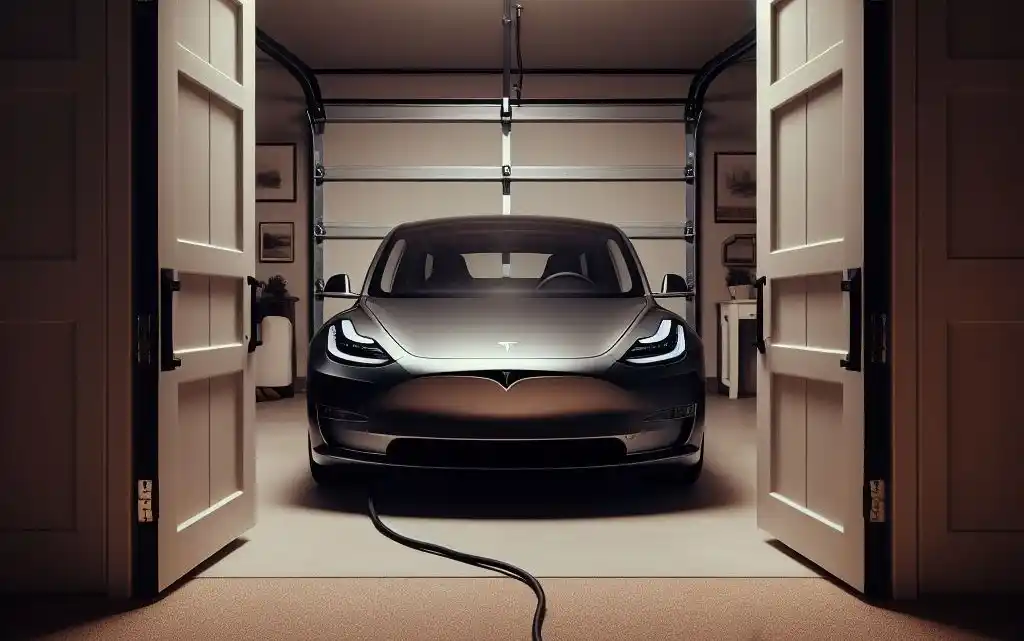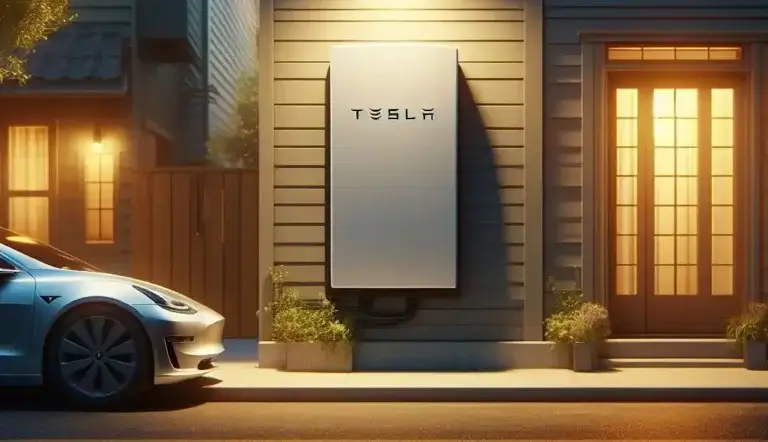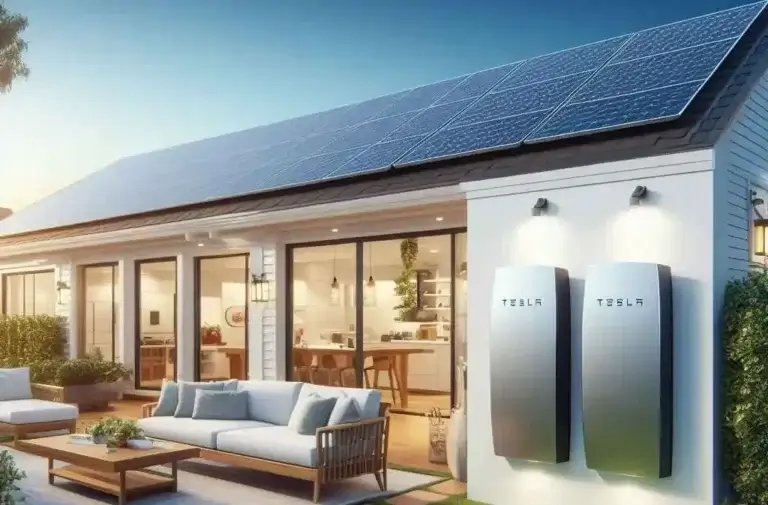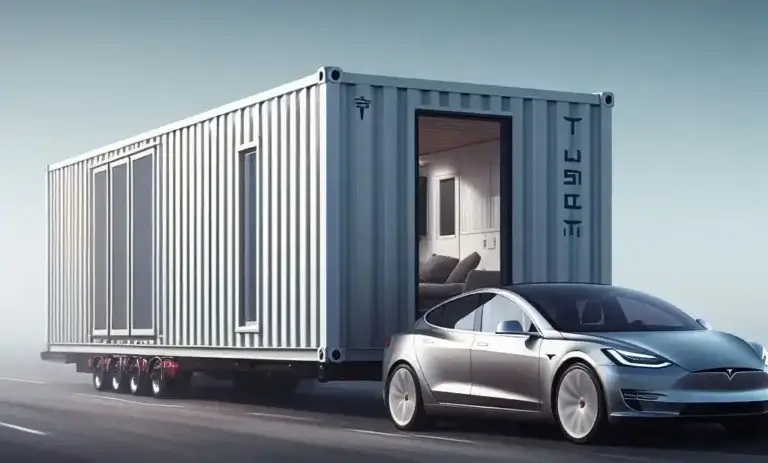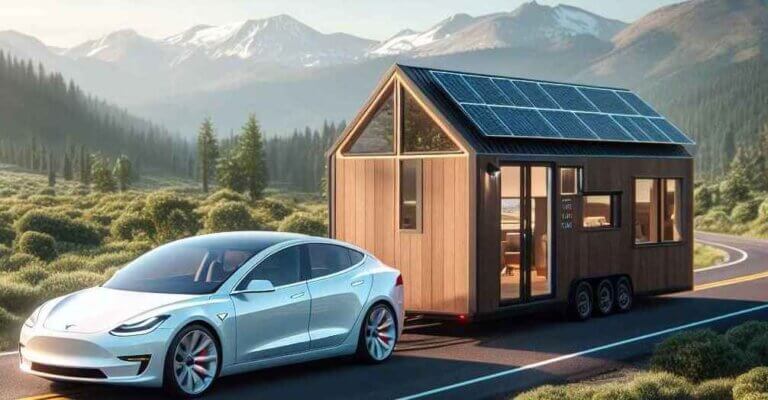Can You Close the Garage Door on Tesla Charger Cable?
Are you worried about closing your garage door on your Tesla charging cable? This is a common concern for Tesla and other electric vehicle owners who charge their cars at home.
When charging your Tesla Model 3 or Model Y with the included Mobile Connector or Wall Connector, the charging cable needs to run from the charger through the bottom seal of your garage door. A natural question is whether the cable can get damaged or crushed when you close the garage door.
In this comprehensive guide, we’ll cover everything you need to know about Can You Close the Garage Door on Tesla Charger Cable, including:
- Can you close the garage door on the Tesla charging cable?
- What happens if the garage door closes on the charging cable?
- The best way to run the Tesla charging cable under the garage door
- Products to protect the Tesla charging cable from garage door damage
- Installation tips for safely running cables under garage doors
- Frequently asked questions about closing garage doors on EV charging cables
Table of Contents
By the end of this guide, you’ll have peace of mind knowing how to install your Tesla Wall Connector or Mobile Connector safely so you can charge without worries about garage door damage.
Can You Close the Garage Door on Tesla Charger Cable?
The short answer is yes, technically you can close your garage door on your Tesla’s charging cable.
However, repeatedly closing the garage door on the cable can potentially damage it over time. The Mobile Connector and Wall Connector cables are flexible but still vulnerable to crushing forces if pinched repeatedly in the same spot.
Tesla recommends leaving a small gap when closing your garage door to avoid putting excess force on the cable. A gap of 1-2 inches is usually enough to allow the cable to pass through without pinching.
If you’re unable to leave a gap, then using a cable protector is highly recommended to shield the cable from garage door pressure. More on that next.
What Happens if the Garage Door Closes on the Charging Cable?
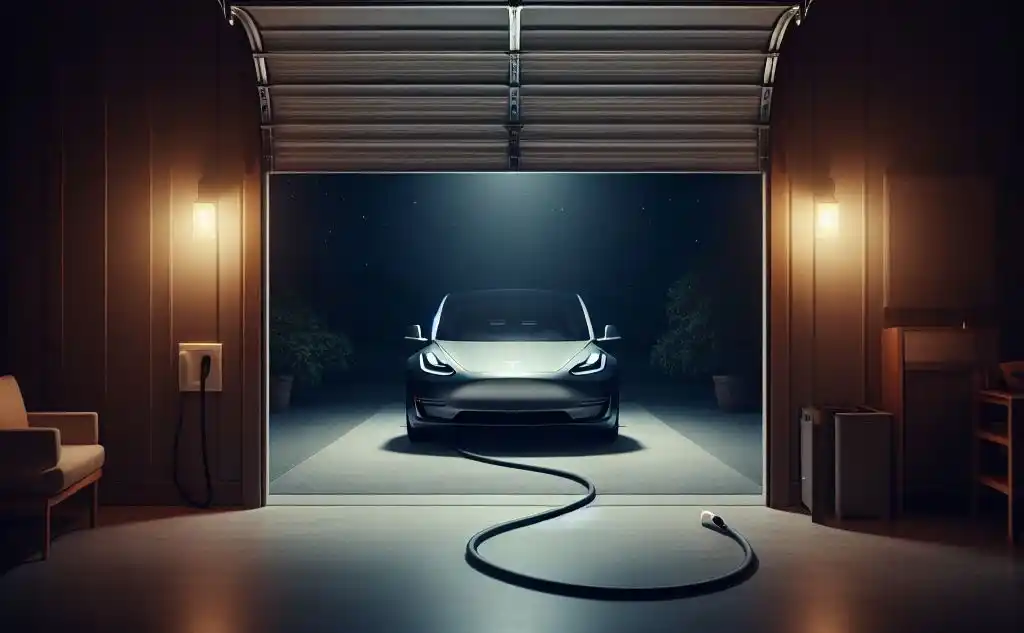
If your garage door closes completely on the Tesla charging cable with no gap, here is what can happen:
- The cable’s outer sheath may get crushed or flattened temporarily. This likely won’t damage the internal wires, but it’s still not ideal for long-term durability.
- Repeated crushing in the same location can weaken the cable over time and pose a fire or electrocution risk in a worst-case scenario if wires inside become exposed.
- Pinched cables can interfere with charging, causing errors or unexpected behavior from your Wall Connector or Mobile Connector.
- Rodents may be attracted to the warm, flattened area of cable and start chewing. Rodent damage can be hazardous and requires full cable replacement.
To avoid these failure modes, it’s recommended to leave a small gap, use a cable protector, or route the cable differently if possible. Read on for tips.
The Best Way to Run Tesla Charging Cable Under Garage Door
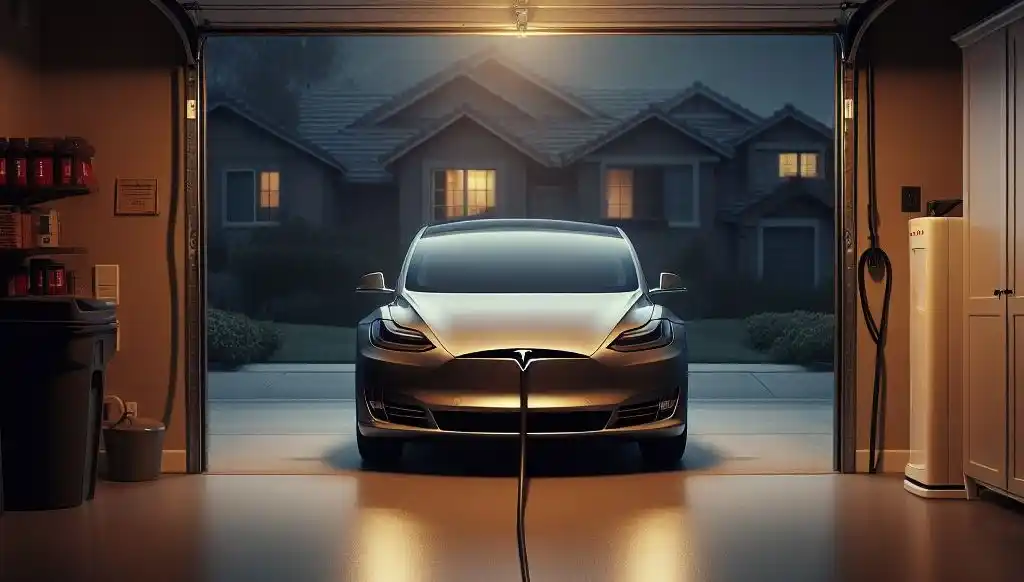
When routing your Tesla Mobile Connector or Wall Connector cable from inside the garage to your vehicle parked outside, here are some best practices to avoid garage door damage:
1. Leave a Small Gap
Ideally, close the garage door but leave a 1-2 inch gap. This small gap gives just enough space for the cable to pass through without making contact.
Be sure to measure the gap carefully – too large and the gap could let in cold air, dust, or rain. Too small and the seal may still press against the cable.
2. Use a Garage Door Cable Protector
A cable protector specifically designed for garage doors, like the Undor Pro, is the best way to protect your charging cable.
These long ramp-like covers shield the Tesla charging cable underneath while giving the garage door clearance to close. Just position the protector section under the door’s bottom seal.
Cable protectors prevent cable crushing and keep rodents away too. This is the safest option to avoid damage or failed charging sessions.
3. Route the Cable Differently
If running the cable under the garage door isn’t optimal for your home setup, consider alternative cable routing:
- Run the cable through a side door instead – just be cautious about tripping hazards.
- Install an external wall-mounted charger to avoid passing cables through door seals entirely.
- Use an extension cord to the garage for temporary charging needs.
These may require some electrical work but remove concerns about garage door interference.
Products to Protect Tesla Charging Cable from Garage Doors
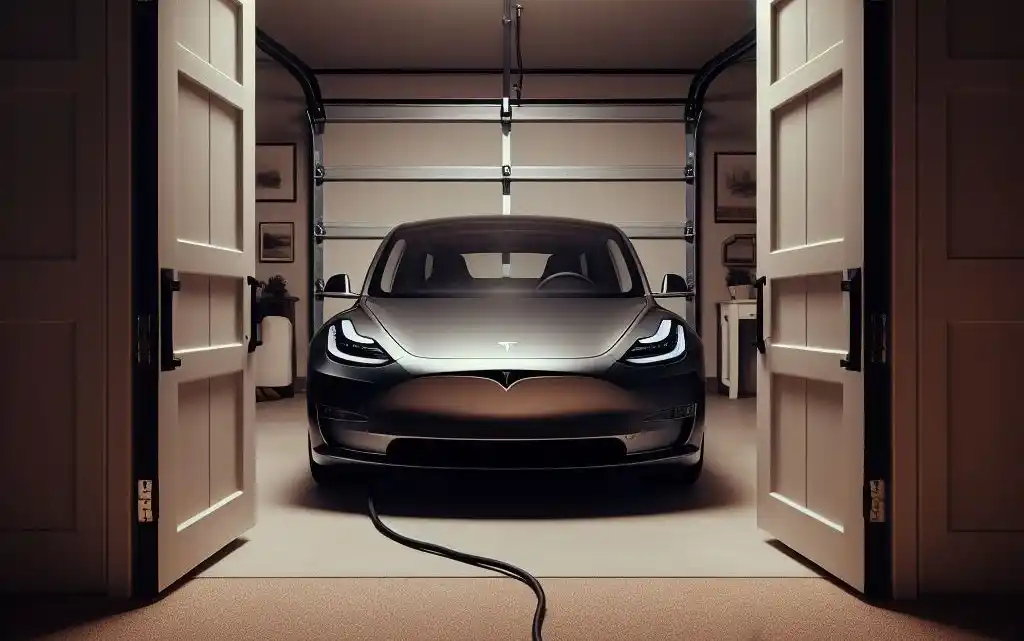
Specialized products are available to protect your Tesla Mobile Connector, Wall Connector cable, or any EV charging cable from garage door damage. Here are some top options:
Under Pro Garage Door Cable Protector
The Undor Pro is an attachable garage door cable ramp made specifically to shield Tesla and other EV charging cables. Its low profile lets garage doors close without pinching cables.
The Undor Pro comes in three sizes based on garage door width and cable capacity. It’s also made of durable polycarbonate in bright safety yellow for high visibility near garages.
Garage Door Threshold Ramps
These wedge-shaped plastic ramps sit on the floor of a garage entryway to create a gradual slope for cables to run under. Position the closed garage door on top of the ramp rather than directly on the ground.
The angled slope gives cables plenty of clearance. Threshold ramps are affordable and don’t require permanent installation.
Split Loom Cable Sleeving
Wrapping the portion of the charging cable that passes under the garage door in split loom tubing creates an extra protective barrier. The tubing compresses slightly but avoids direct pressure on the cable.
Split loom is a cheap alternative to more advanced cable protectors. But it tends to flatten over time, losing protective capability.
Tips for Safely Running EV Charging Cable Under Garage Doors
Once you’ve selected a garage door cable protector or approach, use these tips when positioning cables:
- Place the cable protector section centered under the door seal for even weight distribution.
- Keep extra slack in the cable on both sides of the protector to avoid pulling or tension.
- Coil excess cable in the garage and away from vehicle paths to prevent tripping hazards.
- Ensure cables don’t contact hot or moving vehicle parts under the hood when plugged in.
- Inspect cables before each charge session for damage – replace if the outer jacket appears cracked or wires are exposed.
- Periodically check protectors and thresholds for debris buildup or flattening that could lose effectiveness over time.
Following best practices during installation and periodic checks after will keep your Tesla charging system running safely for years without garage door disruption.
FAQs: Tesla Ev Charger Guidelines
Here are answers to some common questions about running electric vehicle charging cables through garage door seals:
Is it safe to close my garage door on my Tesla Wall Connector cable?
It’s generally not recommended, as repeated crushing force can damage cables over time. Leaving a 1-2 inch gap or using a protector accessory is best for long-term safety.
Can the garage door close with my Tesla Mobile Connector running underneath?
Technically yes, but pinching the cable repeatedly risks wear and safety hazards if internal wires eventually become exposed. Leave a small gap or use protection like the Undor cable ramp.
What kind of extension cord is best for temporarily running an EV cable under my garage door?
12-gauge outdoor-rated extension cords are preferred for EV charging due to their durability and ability to handle high amperage. Ensure cords are properly grounded and protected from moisture or physical damage.
Will my garage door squash cables if I put down a rubber weather seal along the bottom?
It’s possible – make sure cable protectors have adequate clearance above the floor with any added sealing. Periodically check that sealing strips or gaskets don’t start flattening from door pressure over time.
Can I automate my garage door to always leave a gap for my EV charging cable?
Yes, some modern automated garage door systems allow programming a limited open height to avoid pinching cables. Check your garage door opener manual for details on how to adjust opening dimensions.
In Summary: Protecting Tesla Charging Cables Near Garage Doors
Running a Tesla Wall Connector, Mobile Connector or any EV charging cable under your garage door seal requires smart installation and periodic inspection to prevent damage.
While garage doors can technically close fully on cables, repeated crushing force risks safety hazards over years of use. Leaving a small 1-2 inch gap or using a dedicated cable protector accessory like the Undor provides durable long-term cable protection.
Correctly routing and protecting charging cables from garage door interference ensures uninterrupted charging and full reliability of your Tesla or other electric vehicle.

